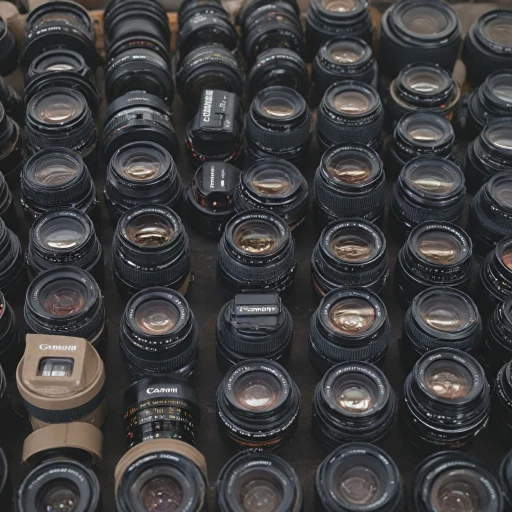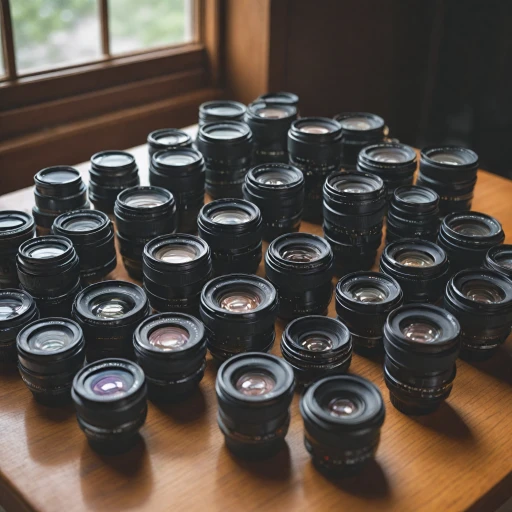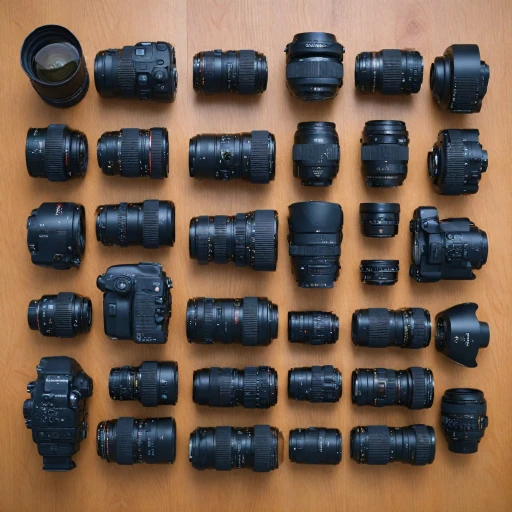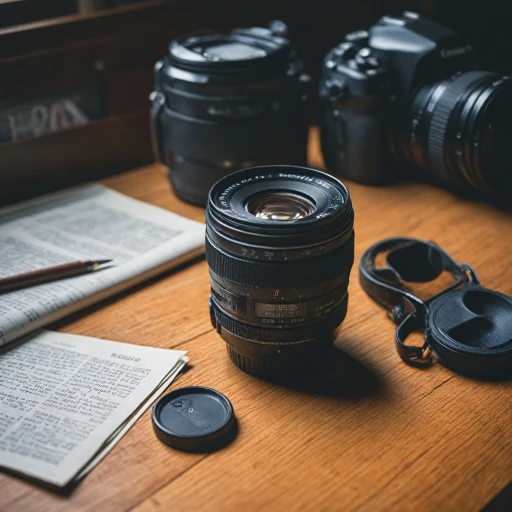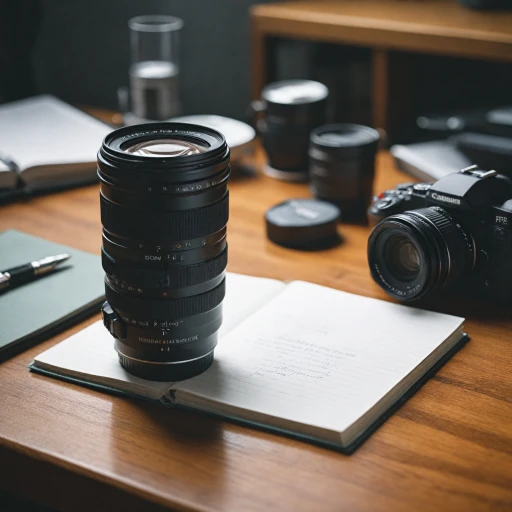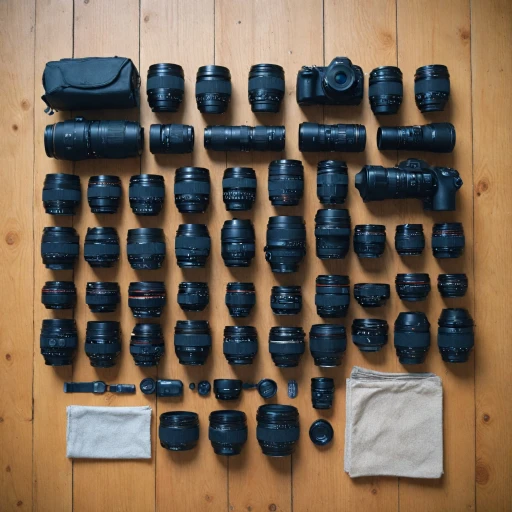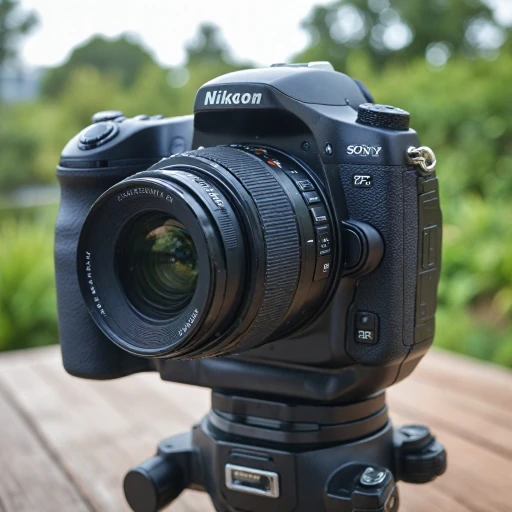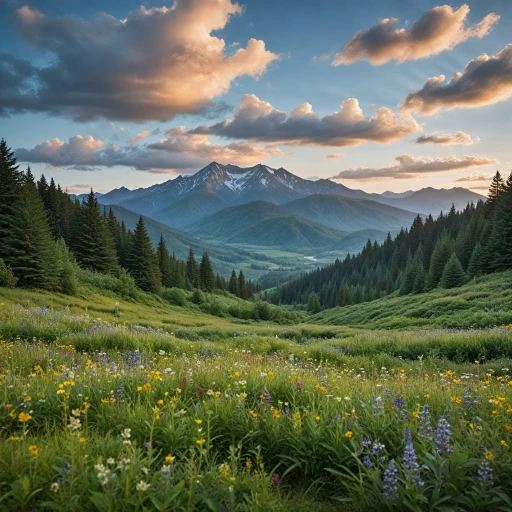Understanding the Canon RF 100-400 Lens
Exploring the Intricacies of the RF 100-400 Lens
The Canon RF 100-400 lens is a versatile addition to the Canon arsenal, designed with both amateur and professional photographers in mind. It offers a substantial focal range from 100mm to 400mm, making it a suitable choice for wildlife photography, sports, and even landscapes. This lens is particularly appreciated for its ability to deliver high image quality even at the maximum zoom.
An important aspect of this lens is its compatibility with Canon's mirrorless cameras, including the EOS R10 and EOS R7. This EOS compatibility allows users to enjoy the advancements of mirrorless technology, such as improved autofocus capabilities and better low light performance when compared to traditional DSLR cameras.
The RF 100-400 features Canon's renowned USM (Ultra Sonic Motor) technology, ensuring quick and precise focus, which is particularly crucial when capturing fast-moving subjects often found in wildlife and action shots. The inclusion of weather sealing helps protect the lens against dust and moisture, extending its durability in challenging environmental conditions.
Additionally, this lens supports a range of features that enhance its usability, such as image stabilization, which is beneficial when shooting without a tripod. By minimizing the effects of camera shake, the lens helps ensure sharper images, even in scenarios requiring slower shutter speeds.
This lens provides photographers with the ability to explore creative compositions through its extended zoom capabilities while maintaining good control over ISO sensitivity settings. This flexibility makes it a good choice for varying light conditions and subject distances.
If you're interested in how Canon RF lenses compare to other distinguished brands, exploring lens comparisons could offer valuable insights.
Overview of the Canon EOS R10 Camera
Key Features and Specifications
The Canon EOS R10 is a popular choice among photography enthusiasts, offering a host of impressive features that enhance its usability. As part of the mirrorless cameras market, this camera is designed to capture high-quality images with ease. The EOS R10 boasts an electronic shutter, allowing for silent shooting—a definite advantage for wildlife photography. With a good battery life, the EOS R10 is suited for extended photo sessions.
Performance and Usability
In terms of performance, the EOS R10 demonstrates excellent ISO capabilities in low light conditions, making it a versatile tool for a range of environments. Its focus system, equipped with Canon's renowned autofocus technology, is fast and reliable, giving photographers the confidence to shoot moving subjects with precision.
Design and Compatibility
Sporting a robust design, the EOS R10 features weather sealing to protect against adverse conditions, ensuring that it remains a trusted companion in outdoor adventures. Its compatibility with Canon's RF lenses, such as the RF 100-400, expands creative possibilities, making it an appealing choice for those wanting to leverage their existing Canon lenses portfolio.
Considerations for Photographers
Those considering the Canon EOS R10 should note its moderate weight and size, balancing portability with functionality. It fits well into a comprehensive Canon photography system, and you can compare its capabilities with pre-owned options by checking out the top Canon lenses for wildlife guide to make an informed decision.
Overview of the Canon EOS R7 Camera
Exploring the Canon EOS R7 Features
The Canon EOS R7 camera distinguishes itself in the lineup of mirrorless cameras with its advanced capabilities suited for a range of photography styles, from wildlife to low light scenarios. Touting an APS-C sensor, it offers photographers a good balance between image quality and body size. This member of the EOS family stands out with its impressive 32.5MP resolution, providing high detail and clarity, which benefits users looking to capture stunning images.
In terms of design, the EOS R7 is well-engineered for ergonomics and ease of use. The controls are intuitive, and the electronic viewfinder enhances the experience, particularly for those transitioning from EOS DSLR models. A notable feature is the in-body image stabilization, enabling sharper shots even at slow shutter speeds, which is particularly useful in low light conditions.
Battery life is competitive, offering decent shooting duration which is important for wildlife photography where waiting times can be extensive. While the EOS R7 does have impressive weather sealing, photographers seeking enhanced protection against the elements during their outdoor sessions will appreciate this robust build.
Canon has equipped the EOS R7 with a next-gen autofocus system that works seamlessly with the Canon USM lenses, delivering swift and precise focus. This is critical for capturing movement in sports or wildlife photography. Additionally, the camera supports varied ISO levels allowing for versatile performance across diverse lighting conditions.
For those keen on maximizing their photography, the EOS R7 is a strong contender when paired with the RF 100-400 lens. Whether you're shooting in diverse environmental conditions or focusing on high-speed action, the synergy between the body and lens can prove advantageous. For more on tailoring your camera kit to specific needs, check out how custom skins can enhance your camera aesthetics and practicality over at Digital Camera Guru.
Performance Comparison: RF 100-400 on R10 vs R7
Evaluating Image Quality and Performance
The Canon RF 100-400 lens offers a combination of versatility and clarity, making it a popular choice among photography enthusiasts. When mounted on the Canon EOS R10 or R7, the lens's full potential is noticeably visible in terms of image quality. Both cameras utilize Canon's advanced autofocus and image stabilization features, but there are distinct differences that will affect your photography outcomes.- Canon EOS R10: This camera shines with its APS-C sensor, allowing wildlife photographers to achieve impressive results. Coupled with the RF 100-400 lens, the R10's crop factor effectively increases the focal length, which is beneficial for wildlife photography. The camera’s good ISO performance ensures clarity even in low light conditions.
- Canon EOS R7: In contrast, the EOS R7, with its superior body design and electronic shutter, caters well to those focusing on capturing fast-action scenes. Its enhanced battery life and weather-sealed build grant photographers more freedom, especially in challenging environments.
Autofocus and Stabilization Systems
Canon’s Dual Pixel CMOS AF and the USM technology implemented in the RF 100-400 make for a responsive and smooth autofocus experience on both cameras. EOS R10 harnesses these systems effectively, particularly in well-lit scenarios, and maintains good control over focus tracking. The R7 takes it a step further with its advanced focus capabilities, aided by its high-quality sensor and efficient Electronic Shutter. This performance edge is particularly beneficial for subjects in motion, enhancing the overall photography canon experience. Focusing speed and image stabilization hold strong importance for both cameras. The STM lens technology augments the Canon's focusing capabilities, which makes the transition between subjects seamless, especially in wildlife photo settings.Practical Considerations
Ultimately, the decision between the EOS R10 and R7 when utilizing the RF 100-400 lens pivots on your specific needs. The R10, with its compact size and solid image quality, provides good flexibility for photographers on the move. However, for those requiring more intricate control and weather durability, the R7 might be better suited. Explore the details of each camera's capabilities and weigh them against your typical shooting conditions and objectives to ensure you make the best choice for your photographic journey.Practical Applications and Use Cases
Real-World Scenarios and Lens Utility
Photography enthusiasts who are serious about capturing wildlife know that choosing the right lens and camera combination is crucial for achieving the highest image quality. The Canon RF 100-400 is a versatile lens that can be effective in various practical applications.- Wildlife Photography: Pairing the RF 100-400 lens with either the Canon EOS R10 or R7 cameras presents an excellent opportunity for capturing stunning wildlife images. These cameras' abilities in handling different ISO settings and lighting conditions enhance the usability of this lens in environments where lighting may fluctuate, such as forests or open fields.
- Low Light Conditions: Both cameras provide competent performance in low light scenarios, but the R7 may offer a slight edge due to its higher ISO capabilities. This makes the RF 100-400 lens a good companion for photographing nocturnal wildlife or events occurring at dawn or dusk.
- Focusing Mechanism: The Nano USM focus motor works quietly and efficiently, ensuring that wildlife photographers don’t miss crucial shots. The Canon EOS R7’s body can particularly benefit from this, offering a seamless focus experience without the intrusive sound of older mechanisms.
- Weather Sealing: When shooting in challenging outdoor conditions, weather sealing becomes a significant factor. The R7 is well-known for its robust build and can withstand varied weather conditions better than other cameras in its category. This durability makes it a reliable member of the Canon EOS family for professional nature photography.
- Battery Life and Portability: Both the R10 and R7 are mirrorless cameras, making them lighter and more convenient for travel yet offering varied battery performances. The R10, in particular, stands out with its impressive battery life, perfect for long photo sessions without worrying about recharging.
Making the Right Choice for Your Photography Needs
Choosing the Best Fit for Your Photography Style
When it comes to selecting between the Canon EOS R10 and the EOS R7 for use with the RF 100-400 lens, your decision should be guided by your specific photography needs and preferences. Both cameras offer unique advantages that cater to different types of photographers.
Considerations for Wildlife and Action Photography
If you're a wildlife photography enthusiast or often find yourself capturing fast-moving subjects, the EOS R7 might be your best bet. Its advanced autofocus system and higher burst rate make it well-suited for action shots. The camera's superior image stabilization and robust body design, including weather sealing, ensure that you can shoot in various conditions without compromising on image quality.
Versatility and Everyday Use
On the other hand, the EOS R10 is an excellent choice for photographers seeking a versatile, lightweight option. Its compact design does not sacrifice performance, making it a good companion for travel and everyday photography. The R10's electronic shutter and efficient battery life are added bonuses for those who prioritize convenience and portability.
Evaluating Image Quality and Performance
Both cameras are capable of delivering high-quality images, but the EOS R7's larger sensor and enhanced ISO performance give it an edge in low light situations. If you frequently shoot in challenging lighting conditions, this could be a decisive factor.
Final Thoughts
Ultimately, the choice between the Canon EOS R10 and R7 when paired with the RF 100-400 lens depends on your specific photography requirements. Whether you prioritize speed, versatility, or image quality, understanding the strengths of each camera will guide you to the right decision. Remember, the best camera is the one that fits your style and helps you capture the images you envision.



